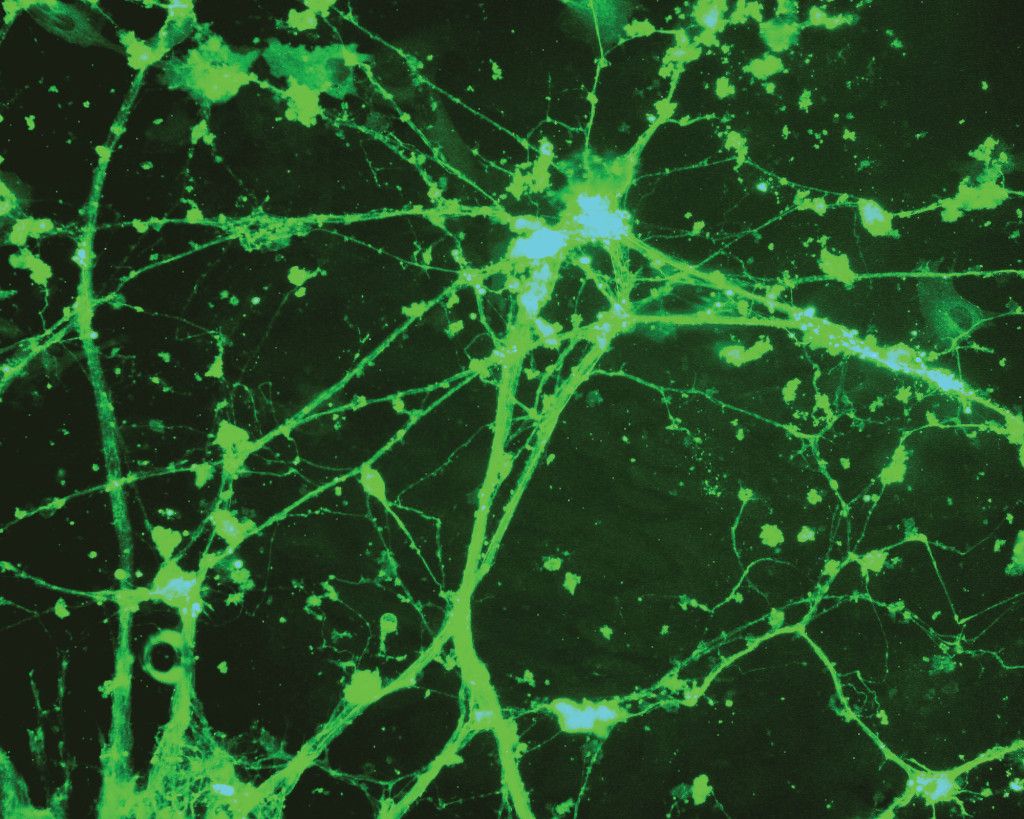
Adult stem cells are the handymen of the human body, capable of dividing and maturing into different kinds of cells to replenish tissues such as bone, skin, and muscle. But exactly how a stem cell decides to become muscle instead of bone is still not entirely clear. One intriguing influence on a stem cell’s final identity is the physical stiffness of its surroundings. In a petri dish, certain adult stem cells grown on very stiff material tend to become bone cells; on very soft material, they tend to grow up into brain cells. This makes some intuitive sense, as a petri dish can be modified to mimic the stiffness of each material in the body. Researchers in the labs of Professors Sanjay Kumar and David Schaffer are collaborating to understand how a stem cell senses the stiffness of its surrounding environment.
The keys to this cellular sensation are clusters of proteins that physically connect the cell’s inner structural network to its outside environment. These proteins “serve as a communication center between the surface and cell,” says Kumar. After this physical link is established, the stiffness of a surface creates different amounts of tension inside a cell, says graduate student Michael Kang. Bioengineers like Kumar and Kang must create new tools to study how tension is transmitted from outside to inside a cell, and how this tension influences a stem cell’s fate. Someday this knowledge could allow hospitals to grow transplantable tissues, like muscle or bone, from scratch. Until then, stem cells will continue to foster unique collaborations between biologists and engineers. “It’s a neat little niche,” said Kang.
This article is part of the Fall 2015 issue.



